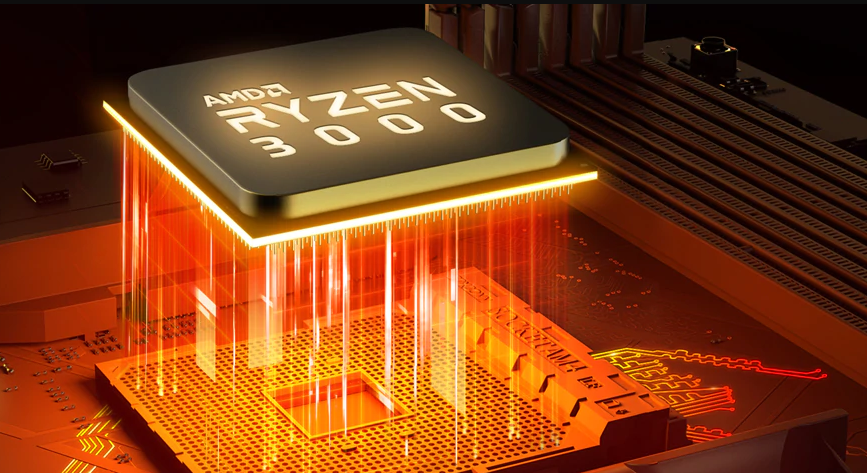Intel had been dominating the microprocessor market for the past decade with their i-series chips in the personal computer and High-end desktop (HEDT) platform and their Xeon processors in the server-grade hardware.
AMD (Advanced Micro Devices) came back into the picture with the launch of their first-gen Ryzen processors in March 2017 after their humiliating loss to Intel back in 2013. First-gen Ryzen built on the Zen1 architecture showed promise in the budget-oriented market as they offered more processing cores for much lower prices than Intel but they couldn’t match their performance due to lower clock speeds, IPC (instructions per clock) and single-threaded performance.
AMD’s ZEN+ architecture based second-gen prices showed promise as it offered competitive gaming and multi-threaded performance and higher core clocks and core counts at lower prices than their Intel counterparts. Ryzen Threadripper also gave a tough competition to the Intel HEDT Extreme processors by offering up to 50% more cores for much less.
Intel responded to Ryzen by increasing the core count in their PC chips and slashing prices. Second-gen Ryzen mobile processors were also introduced but couldn’t take off, Intel still dominates the mobile processor market.
On the server-side of things, First-gen Epyc processors code-named Naples, based on the Zen architecture were launched with the high-end chips boasting a total of 32 processing cores and 64 threads but failed to grab attention due to the above-mentioned shortcomings of the ZEN architecture.
First and Second-gen Ryzen also suffered from the poor motherboard and BIOS support from manufacturers.
But with time the platform has matured and now AMD is back with a bang introducing their ZEN2 architecture based Third-gen Ryzen (PC), Threadripper(HEDT) and Epyc (Server) processors.
ZEN 2 is based on a chiplet style processor design with an I/O die interconnected with their Infinity fabric making this architecture efficient and scalable.
Third-gen AMD Ryzen has caught up in and even surpassed Intel in gaming, single and multi-threaded workload because of higher core clocks (up to 4.7 GHz) and IPC (instructions per clock) improvements( up to 15%) of the new architecture.
Detailed explanation of the processor’s architecture and it’s impact in the microprocessor market will be taken up in subsequent posts.
By : Atishek Kumar
Computer Science Undergrad at NSUT specialising in Artificial Intelligence


Leave a comment